I thought I'd post some pictures of John Small's surviving rifles, since they tend to have features that make you want to date them later than what they were actually made. John Small was a rifle builder among other things to include Northwest Territory Representative, Sheriff, Militia Colonel, and Designer of the Indiana Seal and made rifles in Vincennes, IN from around 1785 to c.1815. He died in 1821.
This is called the Kindig rifle, since it was once owned by Joe Kindig. He dated it to the revolutionary period. It was found in England.
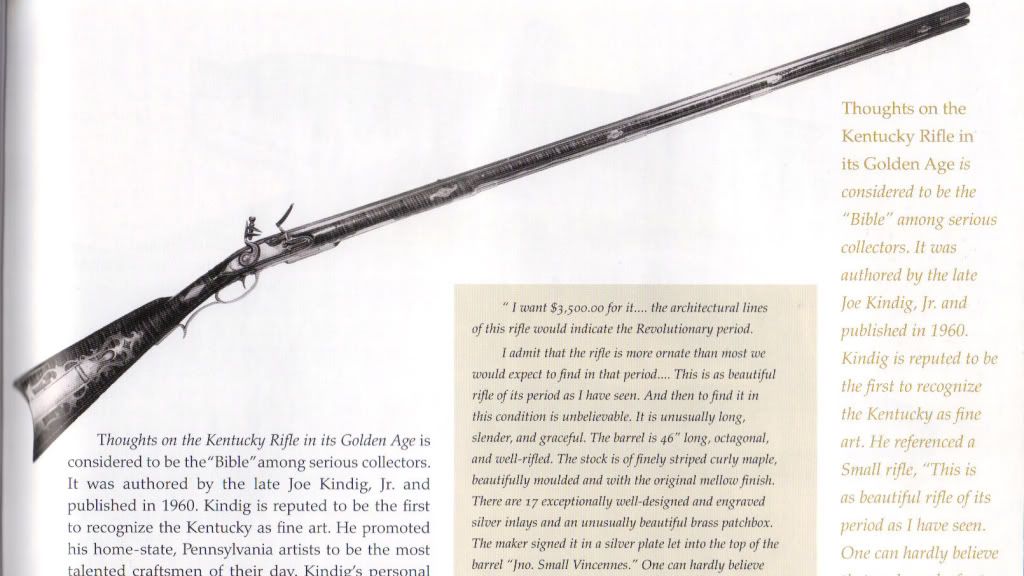
This rifle is referred to as the Girty Rifle and was found in Michigan. It's ownership by the Girty Brothers might be a stretch. This is the rifle that I asked Roy Stroh to interpret for me. Love it.
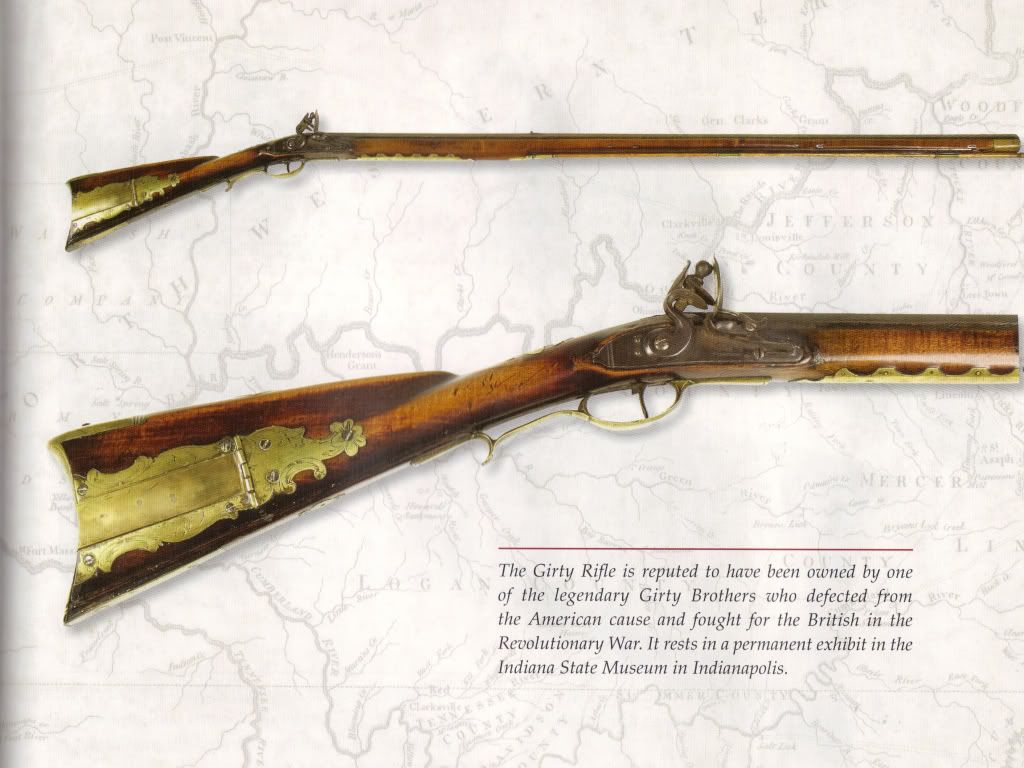
This rifle is referred to as the Grouseland Rifle and is dated to 1805. As of this year it is the official Indiana Rifle.
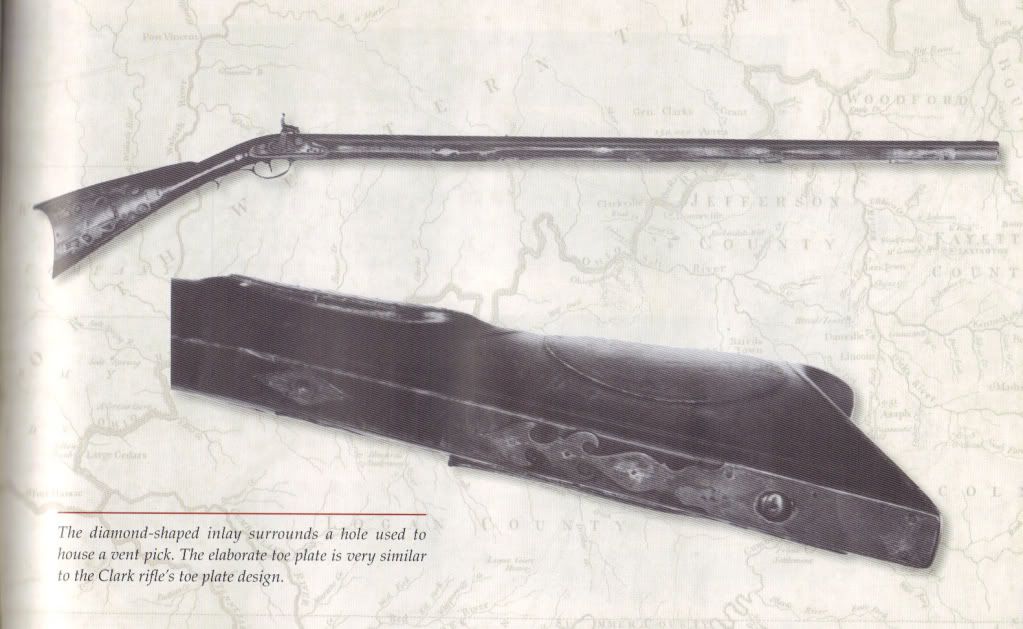
This is the rifle that was once owned by William Clark. It was donated to the Missouri History Museum in 1923 by William Clark's grandaughter. It is dated to 1800-1810.
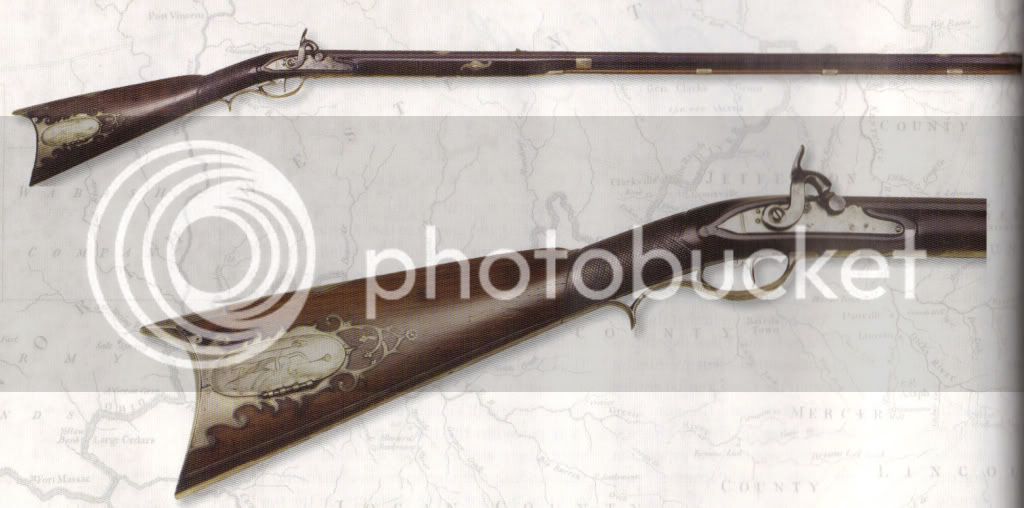
This rifle is referred to as the Vigo rifle as was owned by Col. Francis Vigo of Indiana. He helped finance George Rogers Clark's attack on Fort Sackville. It's been rode hard and put up wet. The barrel has been shortened. It was thought to be 48in long. It was originally a full-stocked rifle.
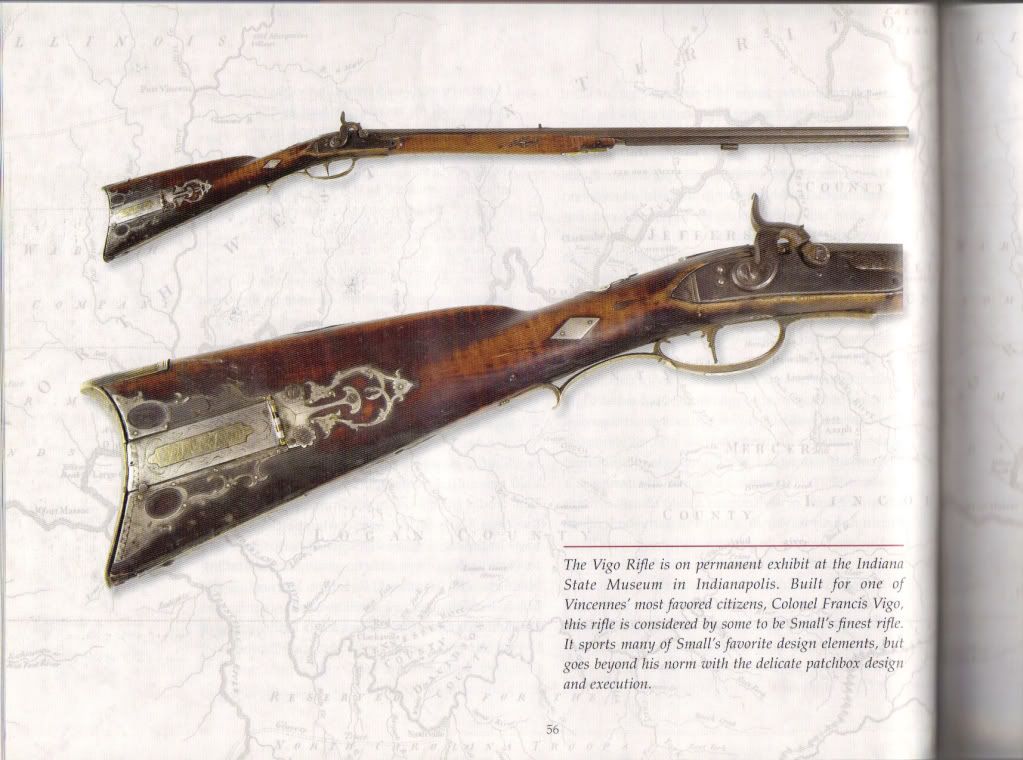
This is called the Kindig rifle, since it was once owned by Joe Kindig. He dated it to the revolutionary period. It was found in England.

This rifle is referred to as the Girty Rifle and was found in Michigan. It's ownership by the Girty Brothers might be a stretch. This is the rifle that I asked Roy Stroh to interpret for me. Love it.

This rifle is referred to as the Grouseland Rifle and is dated to 1805. As of this year it is the official Indiana Rifle.

This is the rifle that was once owned by William Clark. It was donated to the Missouri History Museum in 1923 by William Clark's grandaughter. It is dated to 1800-1810.

This rifle is referred to as the Vigo rifle as was owned by Col. Francis Vigo of Indiana. He helped finance George Rogers Clark's attack on Fort Sackville. It's been rode hard and put up wet. The barrel has been shortened. It was thought to be 48in long. It was originally a full-stocked rifle.






